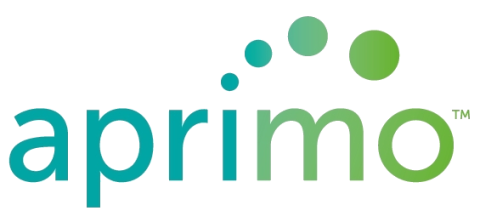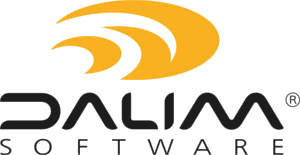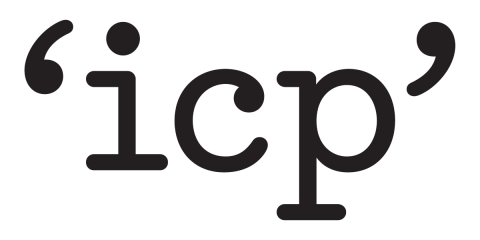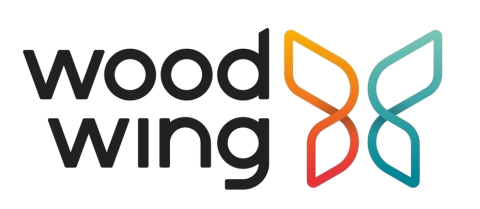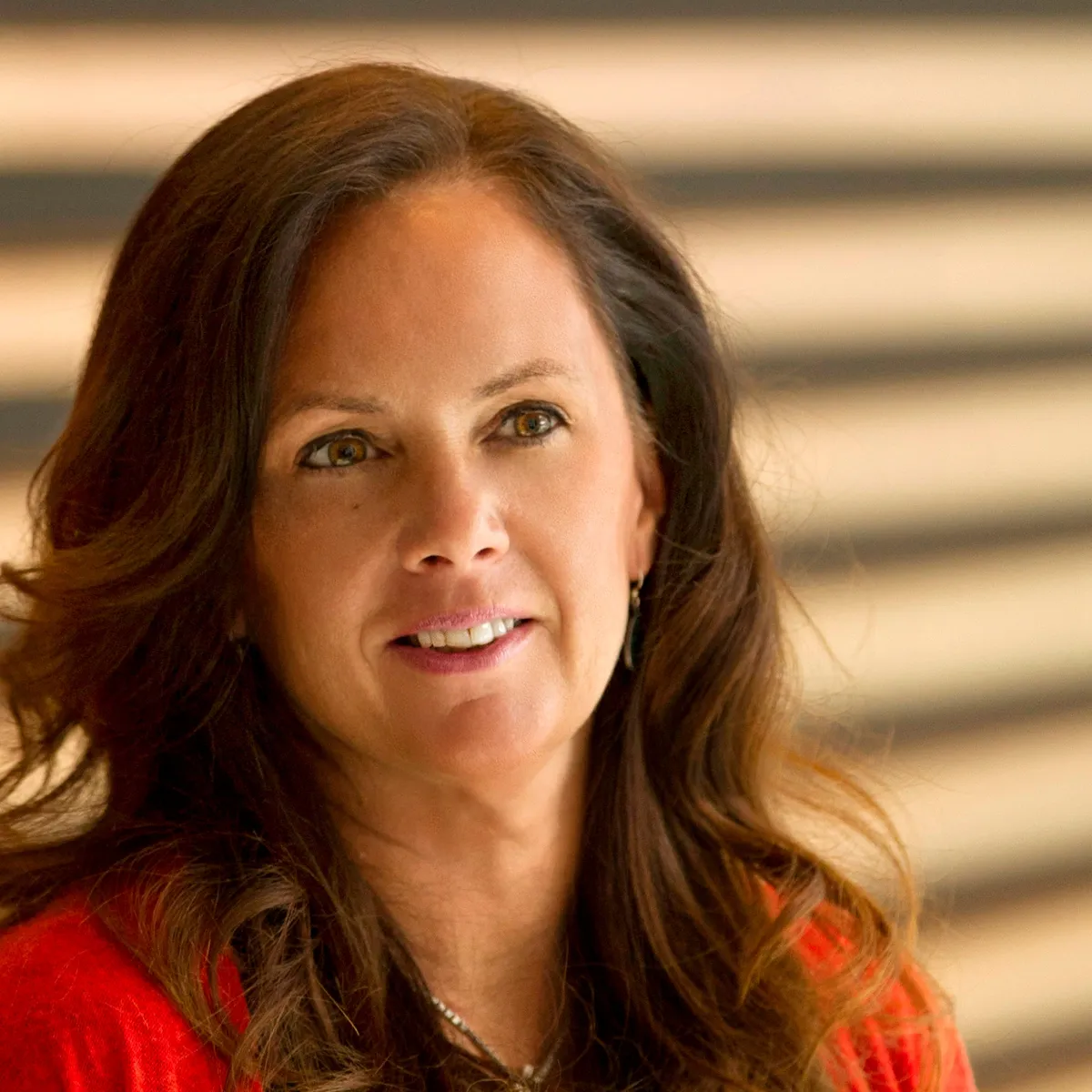DAM New York 2020

The Cleveland Museum of Art (CMA): How iterating on your DAMS and CCMS makes it possible to create innovative front-facing digital projects
In 2019, The Cleveland Museum of Art (CMA) launched a comprehensive best-practice Open Access initiative, which allows the public to share, collaborate, remix, and reuse high resolution images of public-domain artworks. The launch included a well-documented, and searchable public API to allow data scientists to incorporate our collection into their data-visualization and machine-learning projects. In the same year, CMA deployed a redesigned Collection Online, and re-installed ARTLENS Gallery with new artworks and new features, such as gesture-based 3D photogrammetry.
So how is a small digital team at the Cleveland Museum of Art able to constantly create powerful outward facing tools for the public?
Back-end iteration! Through the timeline of back-end iteration at CMA, we have experienced successes and failures and learned many lessons. We evolved from merely trying to replicate outdated, paper-based workflows digitally, to creating new and more efficient workflows facilitated by available technology.
Jane Alexander, Chief Digital Information Officer, The Cleveland Museum of Art (CMA) explains how creating and continuously iterating on a flexible and fully integrated back-end system is imperative to the success of outward-facing digital projects in the museum world and beyond.
What others say
HS DAM provided a network of like-minded passionate professionals that were so generous & honest with their front line experiences of working and creating in the DAM universe, Bravo.
Before attending a HS DAM event, I never knew the true impact or importance of DAM. For the first time it felt like I wasn't alone, but part of something so much greater. I left inspired and motivated to take what I had learned and apply it our DAM system. I look forward to the event every year!
The Henry Stewart DAM NY conference did not disappoint. The breadth of topics and experiences covered were amazing. I could have used three of me to cover all the sessions I was interested in attending!


